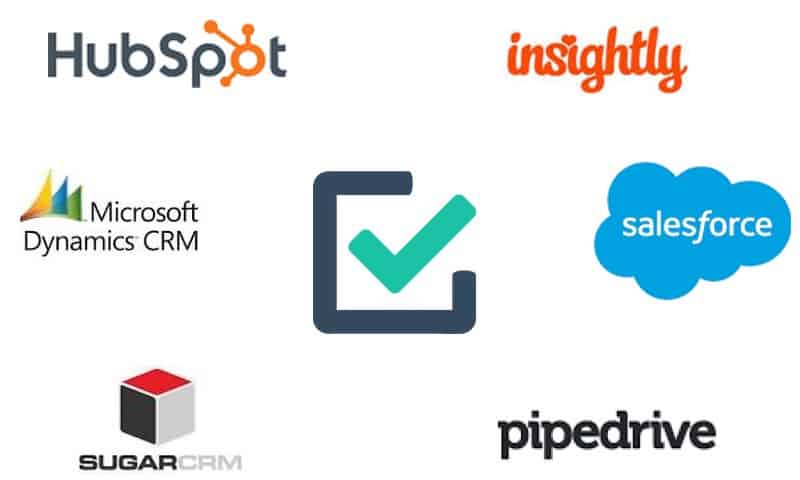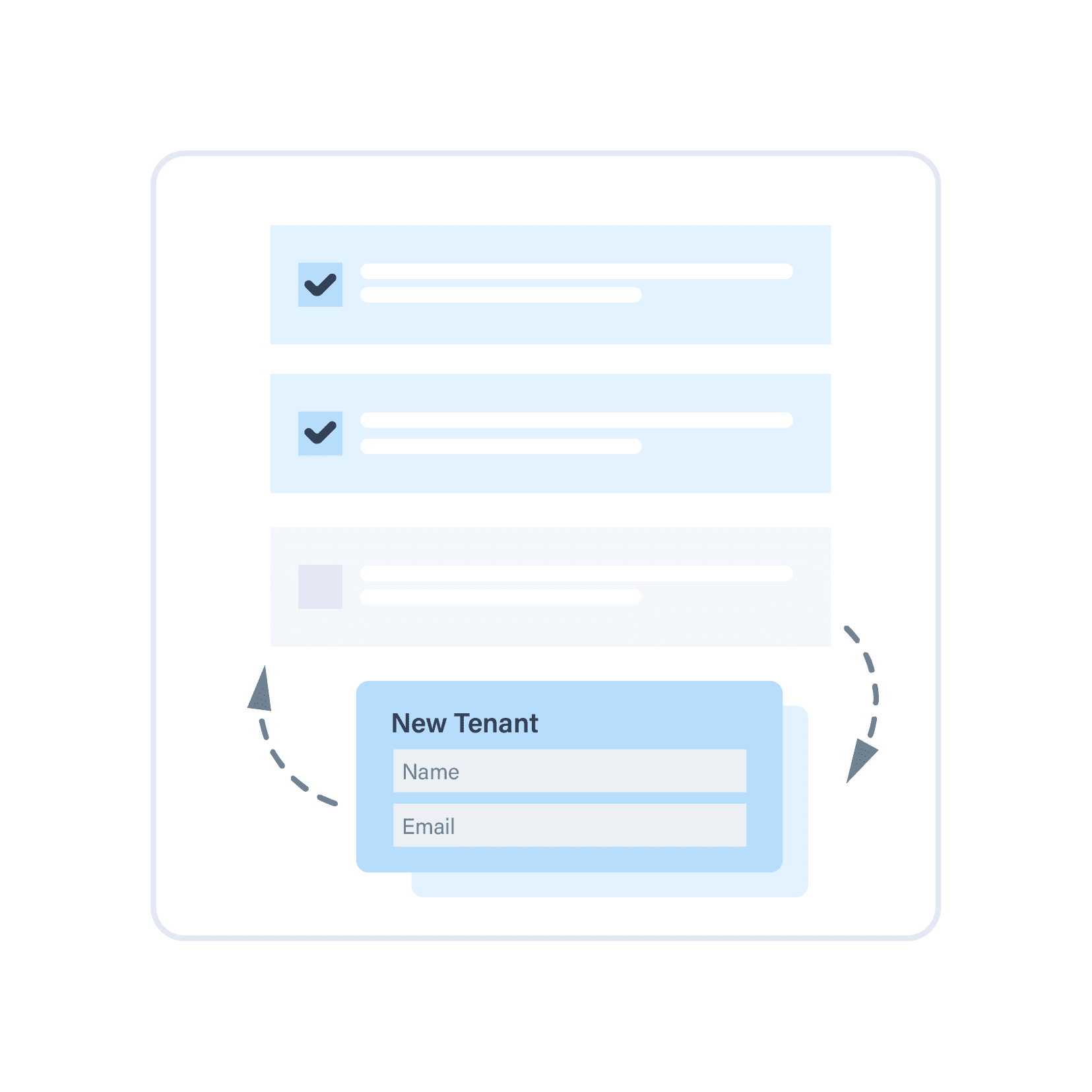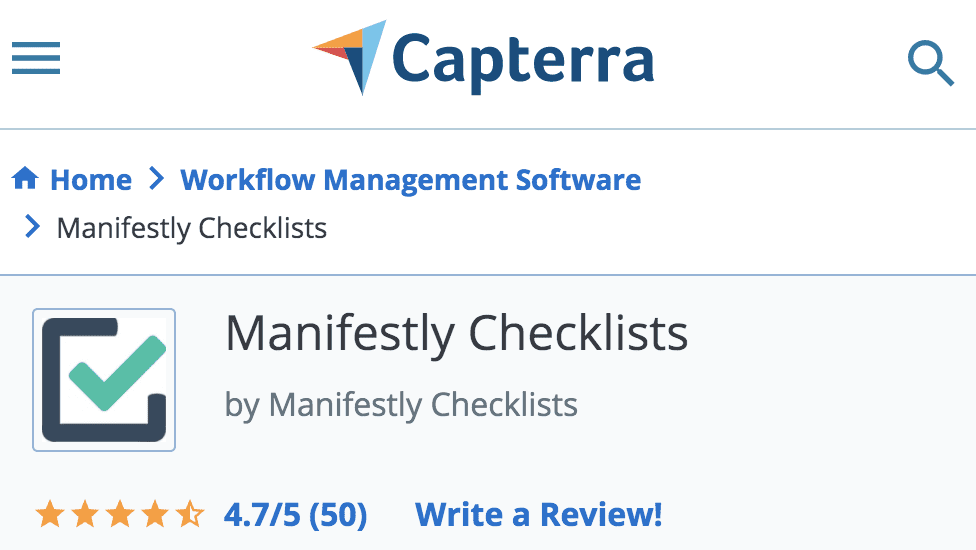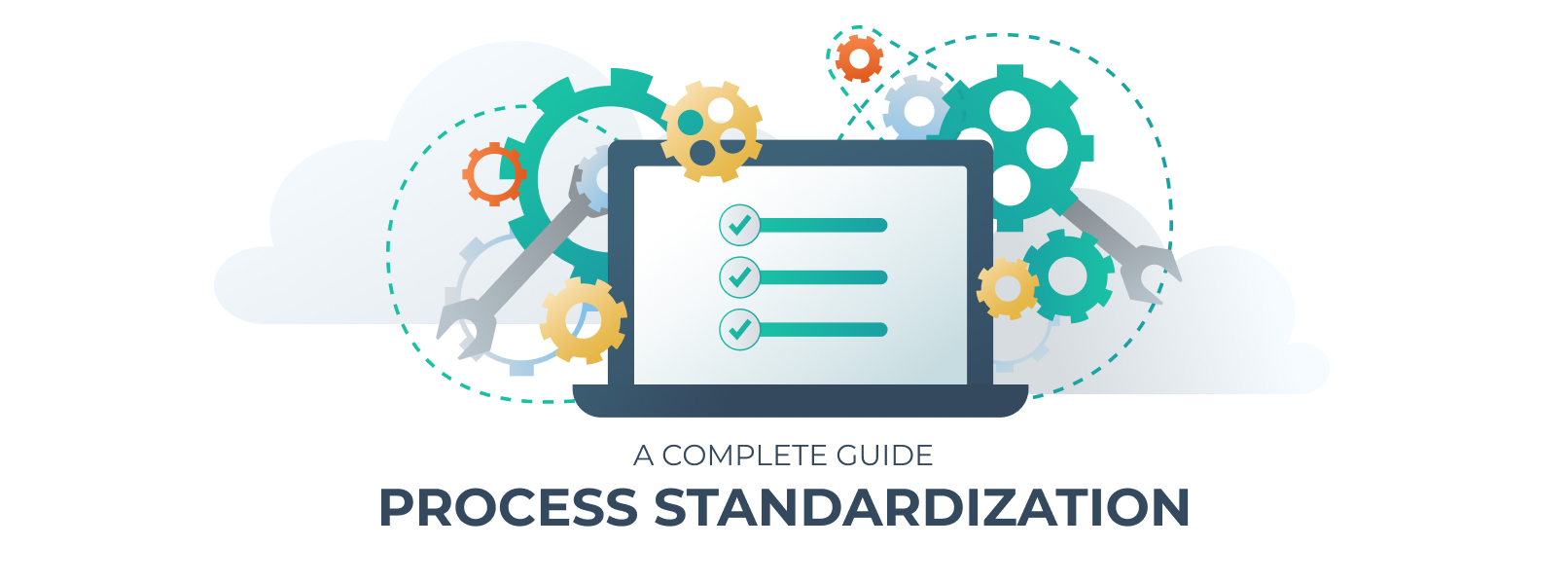What Is a Workflow

- What is a Workflow: Overview
- The history and evolution of workflows
- Why are workflows important
- What is a workflow process
- What are the major differences between workflow and process?
- Workflow creation (workflow design)
- Workflow mapping and diagrams
- Workflow tracking
- Workflow optimization
- Workflow charts
- Workflow documentation
- Types of workflows
- Workflow Categories
- Automated Vs Manual Workflow
- The 3 basic components of a workflow
- Workflow best practices – how to make the most out of your workflows
What is a Workflow (Standard Operating Procedures/SOPs or Checklists): Overview
The question “what is a workflow?” is frequently asked in contexts related to the organization and efficiency of activities, especially in professional environments. In order to have a clear understanding of the concept, it is essential to discuss in depth the meaning of workflow.
Synonyms for workflows include Standard Operating Procedures (SOPs) and Checklists. At its core, a workflow signifies a defined sequence of processes or steps required to complete a particular task or goal. In a more technical sense, the workflow definition relates to the systematic and repeatable pattern of organizational activities enhanced by the systematic layout of resources into processes that cohesively convert inputs into outputs. Essentially, a workflow acts as a roadmap for the journey from start to finish of any work process, outlining each step that must be taken along the way.
A workflow can be represented in a visual format, such as a flow chart or diagram, with a clear indication of the sequence of tasks, decision points, inputs, and outputs involved in the process. This visual aid can be immensely beneficial in helping team members, managers, and stakeholders understand the entire process and pinpoint any potential inefficiencies.
When discussing “what is a workflow”, it’s important to note that workflows can also be categorized into different types based on their complexity and the nature of the tasks involved. For instance, a project workflow lays out the individual tasks required to complete a project, including who is responsible for each task and when it needs to be done. On the other hand, a process workflow focuses more on the regular, repeatable pattern of a task, while a case workflow revolves around decision-making processes and unstructured tasks.
The functionality of workflows extends to various fields including but not restricted to business, software development, and other professional services. In businesses, workflows can help improve productivity, standardized task execution, and resource management, and also foster collaboration and teamwork by providing a clear understanding of roles and responsibilities. In the realm of software development, workflows can guide developers through the progressive stages of coding, testing, and deploying software, again aiding in smooth operations and streamlined task completion.
To refine the full meaning of workflow, it is vital to talk about workflow management. This involves modeling, automation, execution, control, and measurement of workflows and tasks. Workflow management also incorporates tracking performance and locates any bottlenecks or hindrances in the flow of work, which can be critical for continuous performance enhancement.
To sum it up, the concept “what is a workflow” can be understood as a strategic structuring of tasks designed to optimize processes, maximize efficiency, and elevate productivity standard. It presents a clear representation of what needs to be done, when, and by whom. With a well-organized workflow, businesses and organizations alike can attain a harmonious blend of productivity, efficiency, and effective team collaboration, thus fostering a conducive work environment. So the simple question, “what is a workflow” has a complex, yet incredibly essential answer when it comes to successful task and project management.
The history and evolution of workflows
The history and evolution of workflows is an insightful journey into how methods of task organization and management have evolved over time.
The development of workflows can be traced back to the early 20th Century, the era of the industrial revolution. Predominantly, the most notable figure is Frederick Winslow Taylor, who is credited as the father of scientific management. Taylor introduced the concept of task standardization and division of labor. He meticulously studied work processes and broke down tasks into simpler, smaller units that could be accomplished efficiently by specific workers. This first approach to workflows focused primarily on efficiency and productivity, paving the way for assembly line production methods.
However, it was Henry Ford’s implementation of workflows in his car manufacturing business in the early 1900s that revolutionized the concept. Ford’s assembly line system modernized workflow, making it possible for mass production of commodities. Workflows guided each worker in the assembly line on the specific, repetitive task they were to perform, contributing to the efficient and quick mass production of Model T Ford cars.
The next major leap in the evolution of workflows came with the advent of computers and digital technology. The 1990s saw the birth and rise of Business Process Management (BPM) and the movement known as Business Process Reengineering (BPR). Business Process Reengineering was all about rethinking and redesigning business processes to achieve dramatic improvements in cost, quality, speed, and service. During this period, workflows were modernized from their manual, assembly-line nature into computerized sequences, with instructions mapped out in software programs.
The modern understanding of workflows as sequences of interconnected tasks, achieved through the harmonization of human and machine resources, gained ground during this period. These scientific workflows allowed efficiency, standardization, and automation to infiltrate the office space, not just factory floors, further empowering organizations to streamline complex processes.
As we moved into the 21st Century, the rise of cloud computing and Software as a Service (SaaS) has extensively influenced the evolution of workflows. Today’s workflows leverage the power of automation at an unprecedented level. The arrival of workflow management systems and tools such as Manifestly have made it effortless to design, visualize, execute, control, and optimize workflows.
These contemporary systems allow real-time collaboration and updates, making workflows more dynamic and adaptable. Workflow automation, a current significant trend, enables tasks in a workflow to be executed with little or no human intervention. This ends up saving time and reducing the risk of human error, leading to improved operational efficiency.
Artificial Intelligence (AI) and Machine Learning (ML) technologies are the next frontier in the evolution of workflows. With AI and ML, workflows are becoming predictive rather than just being structured and automated. These technologies are making it possible to forecast bottlenecks in workflows and thereby streamline processes effectively before issues emerge.
Another promising trend in the evolution of workflows is the growth of mobile workflows. With the ubiquity of smartphones, processes are being designed to accommodate remote work and on-the-go task management.
In retrospect, it is fascinating to observe the transition from labor-focused, manual, assembly line workflows of the Industrial Revolution to today’s automated, AI-enhanced, and globally accessible digital workflows. It’s a testament to the role of technology in effecting transformations that enhance efficiency, cooperation, and productivity. The history and evolution of workflows is a journey of continuous improvement and innovation, driven by the quest for increased productivity and efficiency. Yet, as evolved as it may seem, the story of workflow evolution is far from over. As technology continues to advance, we can definitely look forward to other revolutionary changes in the not-so-far future, including entire workflows generated using AI.
Why are workflows important
Workflows play an integral role in the efficient functioning of any organization. They carve a logical and streamlined pathway through which work gets done, thereby ensuring a smooth transition from one task to another.
By breaking down complex processes into simpler, manageable tasks, workflows facilitate a deeper understanding of the entire operation. They allow us to identify key stages, responsibilities, bottlenecks, and room for improvement. This process sequencing eliminates confusion, reduces workload, and ultimately leads to increased productivity and performance efficiency.
Moreover, workflows enhance communication and collaboration in a team or organization. Every individual involved in the process knows exactly what their role is, what they have to do when they have to do it, and who they will pass the task on to next. This clarity not only fosters a sense of responsibility and accountability but also improves transparency and trust within the team.
Also, with the potential for automation that workflows offer, routine tasks can be automated, thereby freeing up resources for more value-adding activities. In essence, workflows serve as a foundation for systemizing and standardizing operations, ultimately steering a business towards its goals.
Benefits and Challenges of Workflows
Benefits of Workflows
Increased Efficiency: Workflows eliminate unnecessary steps, redundancies and streamline processes for optimal efficiency.
Improved Transparency: All stages of a process are easily visible, making it easier to track progress and accountability.
Time-saving: With a clear roadmap of tasks, you can avoid confusion and complete tasks promptly.
Standardization: Workflows ensure consistency in task execution, guaranteeing a standardized output.
Better Collaboration: Clearly delineated tasks and responsibilities fosters clarity in roles and improves team collaboration.
Automated Processes: Many workflows can be automated, reducing human errors and freeing up time for other complex tasks.
Informed Decision Making: With clear insight into the process, managers can make data-driven decisions.
Challenges of workflows
Requirement of Technical Expertise: Developing and managing complex workflows might require specific technical skills.
Susceptibility to Errors: While they usually enhance accuracy, poorly designed workflows can lead to errors.
Resistance to Change: Particularly in long-established organizations, there may be resistance to change from traditional processes to structured workflows.
Complexity: Highly complex workflows can sometimes lead to confusion and miscommunication.
Costs: Depending on the complexity.
Expensive Implementation: Implementing comprehensive workflow systems or software can be costly, especially for small businesses with tight budgets.
Inflexibility: Some workflows can be rigid, making it difficult to adapt to unexpected changes or emergencies.
Maintenance Expenses: Ongoing maintenance and updates of workflow systems may be required, which adds to operating costs.
Training and Adaptation Time: Staff members may require additional training to learn new workflow tools, thus hindering productivity during the learning phase.
In spite of these challenges, the benefits of implementing well-designed workflows are significant and usually outweigh the potential downsides. Also, with mindful design and regular audits of the workflow processes, many of these challenges can be effectively overcome.
What is a workflow process
Understanding the concept of a workflow process is essential for realizing the potential benefits of structured work systems. A workflow process is essentially a systematic organization of resources, data, and tasks that flow sequentially from one stage to another until a particular objective is achieved. The concept is deeply rooted in both simplicity and efficiency, and is directed toward accomplishing tasks effectively with minimal wastage of resources.
The intricacies of workflow processes involve different elements functioning in harmony. These range from the initial identification of tasks and responsibilities, setting the sequence of operations, and determining the end goal. The design of a workflow process is typically tailored to optimize the work process flow, ensuring the encapsulated tasks are executed as quickly and efficiently as possible.
The beauty of workflow processes lies in their application. They can be used within various domains ranging from small-scale projects to complex business operations. For example, in a content creation setup, the workflow of the process may involve ideation, research, creation, editing, and publishing, each step following the other in a very structured, streamlined manner.
Every workflow process is reliant on a work process flow. The flow is akin to a roadmap guiding each task along its designated path towards completion. Through the work process flow, every job has a definitive start and end point, with distinct paths and directions guiding them through the necessary steps. This flow provides a clear visual understanding of the task path, making it possible to track progress and identify bottlenecks if they arise. It can even predict future problems in the workflow process and allow for preemptive problem-solving.
One key aspect of a workflow process is that it’s not rigid. Despite the well-established and outlined nature of the work process flow, it needs to retain a level of flexibility. Circumstances change, and in an ever-evolving business environment, a workflow process should be able to adapt, evolve, and improve. Auditing and updating workflow processes are essential to ensuring they remain efficient, relevant, and valuable.
In conclusion, the workflow process is a sequence of tasks organized to be performed with the utmost efficiency and effectiveness. Incorporating a strong workflow process within an organization leads to smoother operations, reduced errors, saved time, and enhanced productivity. Understanding the unique characteristics and the work process flow inherent in each workflow process is vital to unlocking its full potential and efficiently achieving business goals.
What are the major differences between workflow and process?
The concepts of workflow and process are often confused due to their overlapping and interconnected nature. However, there are critical distinctions between them:
- Definition: The term ‘process’ refers to a sequence of tasks or activities that convert inputs to outputs. A process encapsulates ‘what’ needs to be done to achieve a certain outcome. A ‘workflow’, on the other hand, includes ‘how’ a series of tasks (the process) are to be completed in an organized and efficient manner.
- Focus: A process focuses on the tasks involved to achieve a specific objective without considering the sequence or flow of these tasks. However, workflows are solely dedicated to the orderly execution of these tasks, focusing on the sequence and transition from one stage to the next.
- Components: A process is based on tasks, whilst a workflow includes more components like tasks, actors (people responsible for tasks), and transitions (progression from one task to another).
- Flexibility: Processes are usually standard, fixed, and repetitive. Workflows, however, can exhibit flexibility and adaptability, adjusting task sequence and personnel assignments as needed.
- Automation: As far as automation is concerned, workflows can often be automated, particularly when tasks are repeatable and follow a defined sequence, using software like workflow management systems. This reduces manual intervention and increases efficiency. Processes, however, may not always be suitable for automation, especially if they involve complex decision-making or human creativity.
- Improvisation and Optimization: Workflow analysis allows for process optimization and continuous improvement, enabling businesses to find bottlenecks, inefficiencies or problems within their existing work sequence. Processes, on their own, can be harder to analyze and optimize without considering them in the context of workflows.
Understanding the difference between workflow and process is crucial to effectively manage tasks and improve productivity in any business or project management environment.
Workflow Creation or Workflow Design
Workflow creation, or workflow design, involves the strategic development of a workflow that best accommodates the needs of a project or organization. To create workflows effectively, it’s important to have a comprehensive understanding of the tasks involved, the sequence in which they need to be completed, who is responsible for each task, and the interdependencies between these tasks. Creating a workflow requires careful planning and foresight, consideration of potential bottlenecks, and thought for scalability and adaptability.
When designing a workflow, it’s important to:
– Identify the start and end points of the workflow.
– List all the tasks involved.
– Specify the order of tasks, considering task dependencies.
– Assign the tasks to individuals or teams.
Workflow Mapping and Diagrams
Workflow mapping is a technique used to visually represent the workflow design. It helps teams to better understand the process and facilitates communication. A workflow diagram example could be a flowchart or a Gantt chart that visually represents the timeline, tasks, and dependencies. These diagrams provide an operations workflow overview helping identify inefficiencies and opportunities for optimization.
Workflow Tracking
Workflow tracking involves monitoring the progress of tasks in a workflow to ensure that everything is moving according to plan. Workflow tracking tools often provide real-time updates on task status, enabling project managers to proactively address any issues or delays. Effective workflow tracking can significantly improve the productivity and efficiency of project management workflows.
Workflow Optimization
Workflow optimization involves evaluating and adjusting your current workflows to make them more efficient and effective. This could involve eliminating unnecessary steps, automating certain tasks, or reordering the sequence of tasks to minimize bottlenecks. Creating a workflow that’s efficient from start to finish can dramatically improve turnaround times and operational efficiency.
Workflow Charts
Similar to workflow diagrams, workflow charts are visual tools that represent the flow of tasks in a workflow process. They depict the sequence of tasks, decision points, and usually the roles and responsibilities associated with each task. Workflow charts are useful for simplifying complex processes and ensuring everyone has a clear understanding of the workflow.
Workflow Documentation
Workflow documentation involves recording the details of a workflow for future reference or for the benefit of new team members. Importantly, documenting workflows captures the rationale behind using certain processes and provides a historical record of decision-making. This can be indispensable when it comes to process refinement, onboarding new staff, and ensuring compliance with internal or external standards.
Types of Workflows
There are various types of workflows, best suited to different scenarios. These might include project workflows, process workflows, and case workflows. Project workflows outline the steps needed to complete a specific project, process workflows concern the routine, ongoing tasks within an organization, and case workflows manage the process of decision-making in complex, often multivariable scenarios.
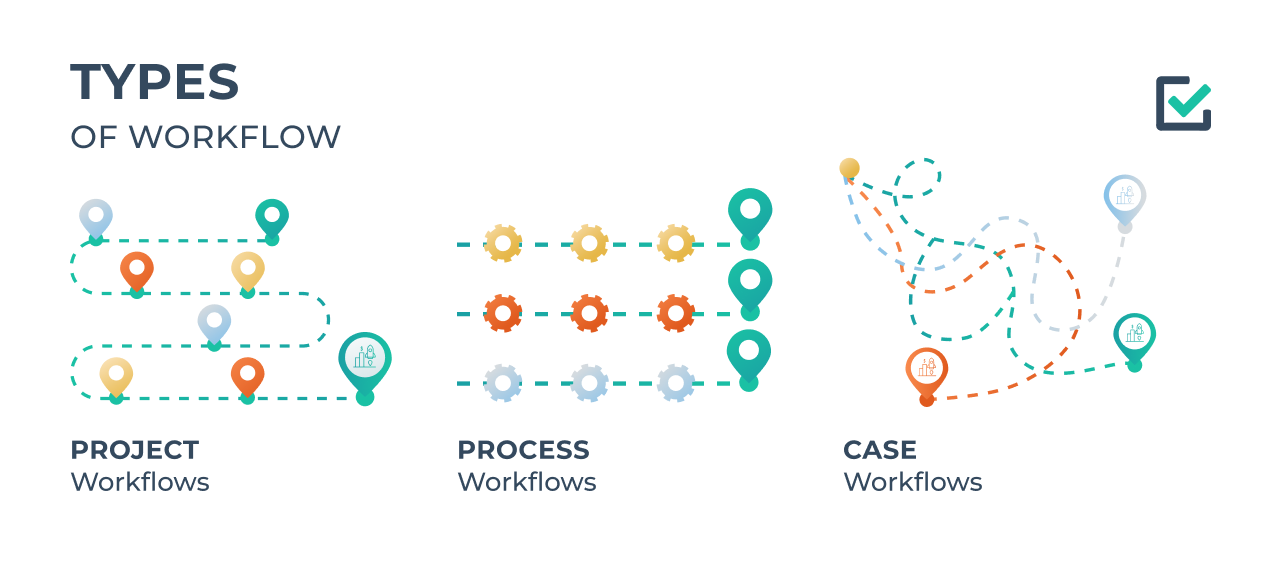
Workflow Categories
Workflows can also be categorized by their level of structure, from highly structured, where the tasks are predictable and repeatable, to ad-hoc, where the tasks are more flexible and dynamic. The choice of workflow category would depend on the nature of the work and the desired level of flexibility and adaptability.
Automated Vs Manual Workflow
Automation has increasingly become a part of modern workflows. Automated workflows rely on software to execute tasks with minimal human intervention. On the other hand, manual workflows require increased human input and intervention. Both have their place: while automation can increase efficiency for repetitive tasks, manual workflows can be more suitable for tasks requiring human discretion or creativity.
Manifestly is designed to automate and streamline workflows, allowing users to efficiently manage and monitor tasks within a team or organization. The app allows you to create workflows that are part manual and part automated by using hooks to send data to other systems. With a connection to all major platforms such as Slack, Notion, Teams, and more, enabling data transfer for certain triggers or actions. This provides a seamless process flow from one system to another, reducing the need for repetitive tasks. The automated reminders and notifications on Manifestly app also ensure timely execution and completion of tasks, thus enhancing productivity and accuracy in workflows.
The 3 Basic Components of a Workflow
A workflow typically consists of three basic components: tasks, actors, and processes. The tasks are the individual steps required to complete the workflow. Actors are the individuals or systems who perform the tasks. The process is the sequence in which the tasks are carried out.
Workflow Best Practices
Making the most out of your workflows can be accomplished with a few best practices:
– Clearly define roles and responsibilities to avoid confusion.
– Regularly review and optimize your workflows for greater efficiency.
– Use visual mapping tools for better understanding and communication.
– Implement appropriate tracking tools to oversee workflow progress.
– Consider automating repetitive tasks to save time and reduce the chance of errors.
– Regularly update and maintain workflow documentation for accuracy and compliance.
Having a well-designed and managed workflow is key to the successful operation of any business, regardless of size or industry. By strategically creating workflows and applying these best practices, businesses can significantly enhance their efficiency, productivity, and overall operational success.
Workflow management with Manifestly
Efficient workflow management is at the heart of every successful business and Manifestly provides a robust solution for this. Manifestly is a powerful and intuitive cloud-based software that revolutionizes the way teams handle their recurring tasks and checklists, streamlining the workflow management process.
One highlight of using Manifestly for workflow management is its collaborative nature. It offers tools that allow team members to work together seamlessly, facilitating communication and boosting productivity. You can assign tasks to specific team members, set deadlines, and track progress, all in real time. This ensures that everyone is on the same page, as they can see their individual responsibilities and how their work contributes to the big picture.
Manifestly also stands out for its flexibility. It recognizes that workflows are not one-size-fits-all, and different processes may require different approaches. Therefore, the platform allows for customization to fit your organization’s unique needs. You can create, modify, and implement checklists that reflect the specific steps of your business processes.
The platform’s ability to integrate with other productivity tools is another significant advantage. These include Slack, Google Sheets, Calendar, and more, simplifying your workflow management by keeping everything connected in a centralized system. This means you can initiate checklists, assign tasks, and even receive notifications directly through these applications, making for a more streamlined and efficient working experience.
By using webhooks to integrate with any other online system, you’ll be able to automate your processes and make them more efficient than ever.
Documentation is another pivotal part of workflow management and Manifestly excels in this area as well. It records all the data related to your workflows, including who did what and when. This not only fosters accountability among team members but also provides valuable insights for future reference and audit purposes.
Lastly, Manifestly focuses on providing an intuitive and user-friendly experience. It offers onboarding material and customer support to help you acquire a good grasp of its features rapidly, so you can start optimizing your workflows as early as possible.
In conclusion, Manifestly transforms workflow management into a simpler, more efficient, and collaborative process. It doesn’t matter if you are managing small-scale workflows or grappling with complex, multifaceted operations, Manifestly provides a practical, versatile, and user-friendly solution to drive your business productivity to greater heights.
Book a 30 minute personalized Manifestly demo today.

